If you’ve never made a quilt before, this mini quilt tutorial is a great place to start. You’ll learn how to make a mini quilt from start to finish, just on a very small scale. Cutting and sewing parallelograms would normally be tricky because of all the bias edges, but by constructing them from half-square triangles you’ll work with a more stable sewing surface, for a crisp geometric result. (Plus you’ll learn a technique to create multiples of this classic block very quickly.)
And because everything is teensy, you’ll use a minimal amount of supplies, so the stakes are low. (You can even make this with scraps, or a charm pack.) The finished quilt will be about 18.5 x 16 inches, the perfect size for a doll quilt or small wall hanging.
A word about fabric selection. Small projects like this are a great way to play around with colour, volume (how light or dark the fabric is), and scale. I tried to choose a mix of each, but you could go for a more uniform, monochrome look by working in a single colour, or choosing prints that are more alike.
Skill level
Beginner. Straight line sewing.
Tools and equipment
- Sewing machine with walking foot (if you don’t have a walking foot, use the hand quilting option in step 7)
- Rotary cutter
- Clear ruler
- Cutting mat
- Scissors
- Straight pins
- Curved basting pins (optional)
- Washi or masking tape
Supplies
- solid fabric, eight 5 x 5 inch squares + four 2 x 18 inch strips
- printed fabric, eight 5 x 5 inch squares
- one 21 x 19 piece of fabric for the backing
- one 20 x 18 piece of batting (if you don’t have batting, you can use a scrap piece of flannel, felt, or fleece)
- two 2 1/2 x 42 inch strips of fabric for the binding
- thread
For hand quilting option only:
- embroidery thread or yarn
- embroidery needle
Mini quilt instructions
Use a 1/4 inch seam allowance throughout.
-
- Pair each solid square with a printed square and pin them together with right sides facing. (This means the printed pattern will be inside.)
-
- Use a piece of tape to mark a distance of 1/4 inch away from the needle position on your sewing machine, then sew 1/4 from the edge of each side to form a square.
-
- Using your rotary cutter and ruler, cut the square from corner to corner. This gives you four new squares.
-
- Press squares open with the seam allowance towards the darker fabric, then trim to 3 inches square. Repeat steps 2 through 4 for each pair of squares.
-
- Arrange the squares so that printed triangles form parallelograms. (There will be two squares left over.) Play around with the composition!
-
- Sew the squares together in rows, pressing the seams as you go, alternating the direction for each row (for example, all seams to the right in row one, all seams to the left in row two, and so on). Next, sew the rows together, first nesting the seams together as in the following photos, and pinning in place.
- Layer your quilt top with the batting and quilt back, making sure that both the back and front are facing outward, away from the batting. The batting should be a little bit larger than the top, and the backing a little bit larger again. Pin in place, then do one of the following:
- If you have a walking foot, sew the layers together in straight vertical lines, spaced according to your preference. (The quilt in the photographs has 0.5 inch spacing).
- If you don’t have a walking foot, you can hand-quilt the layers together using yarn or embroidery thread to create a small knotted loop at regular intervals.
- Trim the quilt, making sure that everything is squared up (that is, the overall shape will be rectangular but your corners should be 90 degree angles).
- Bind the quilt. There are hundreds of great binding tutorials out there so rather than attempt to re-invent the wheel I am going to point you to my favourite instructions by Heather Bailey.
Your quilt is finished! If you try this project please post a link in the comments or tag with #parallelogramsquilt on Instagram … I’d love to see what you create.

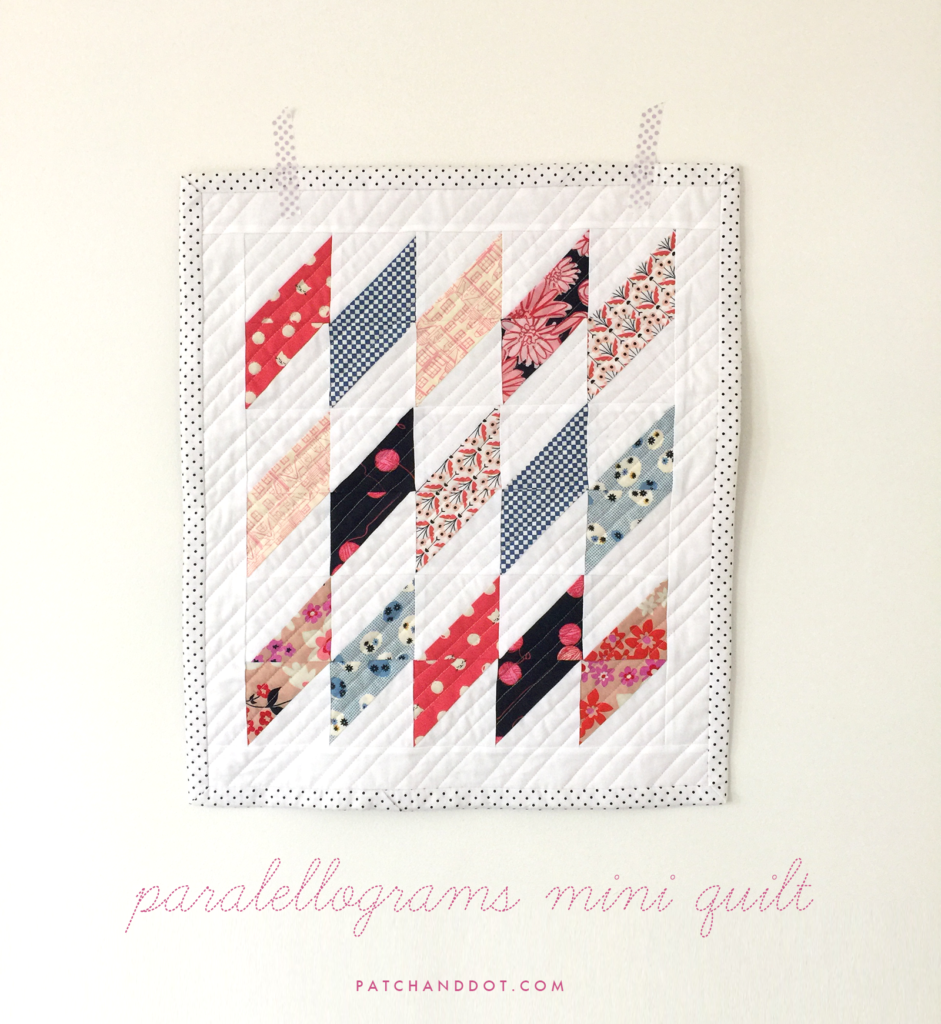

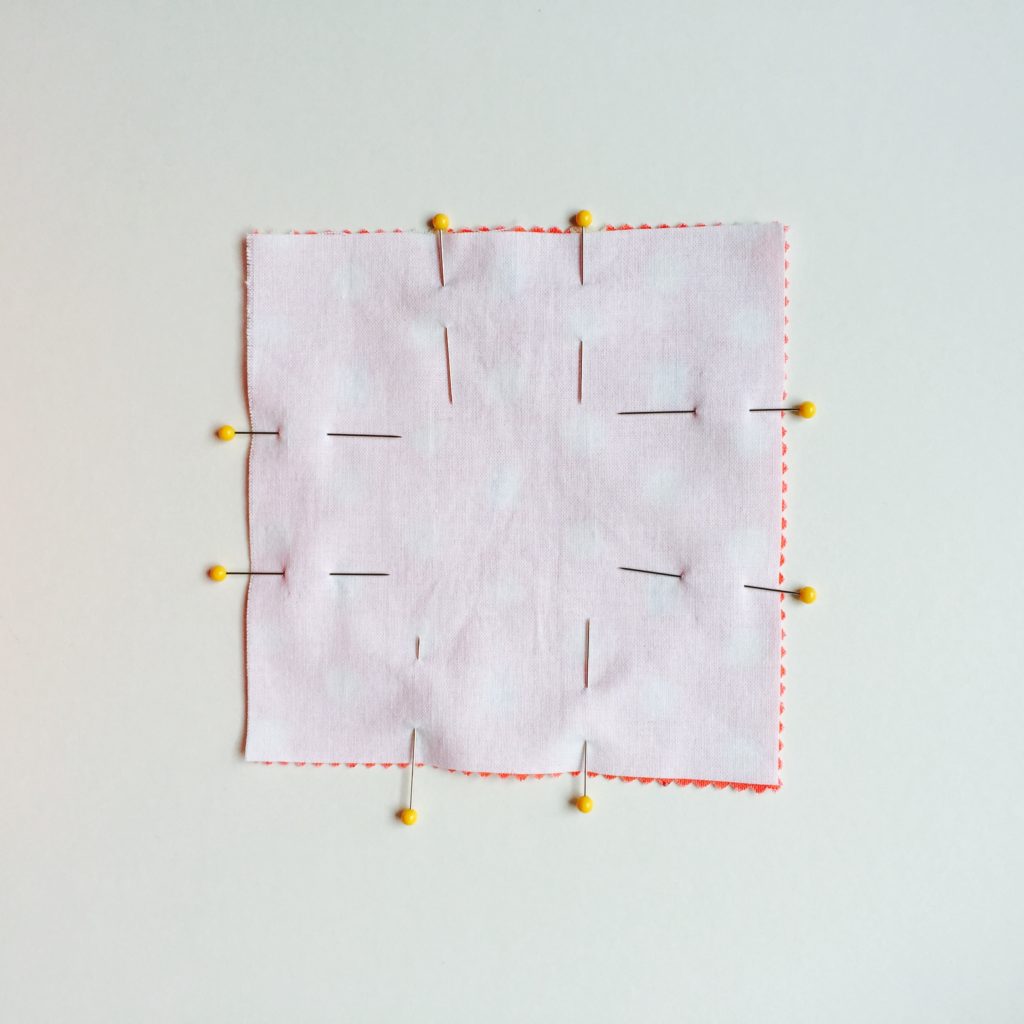
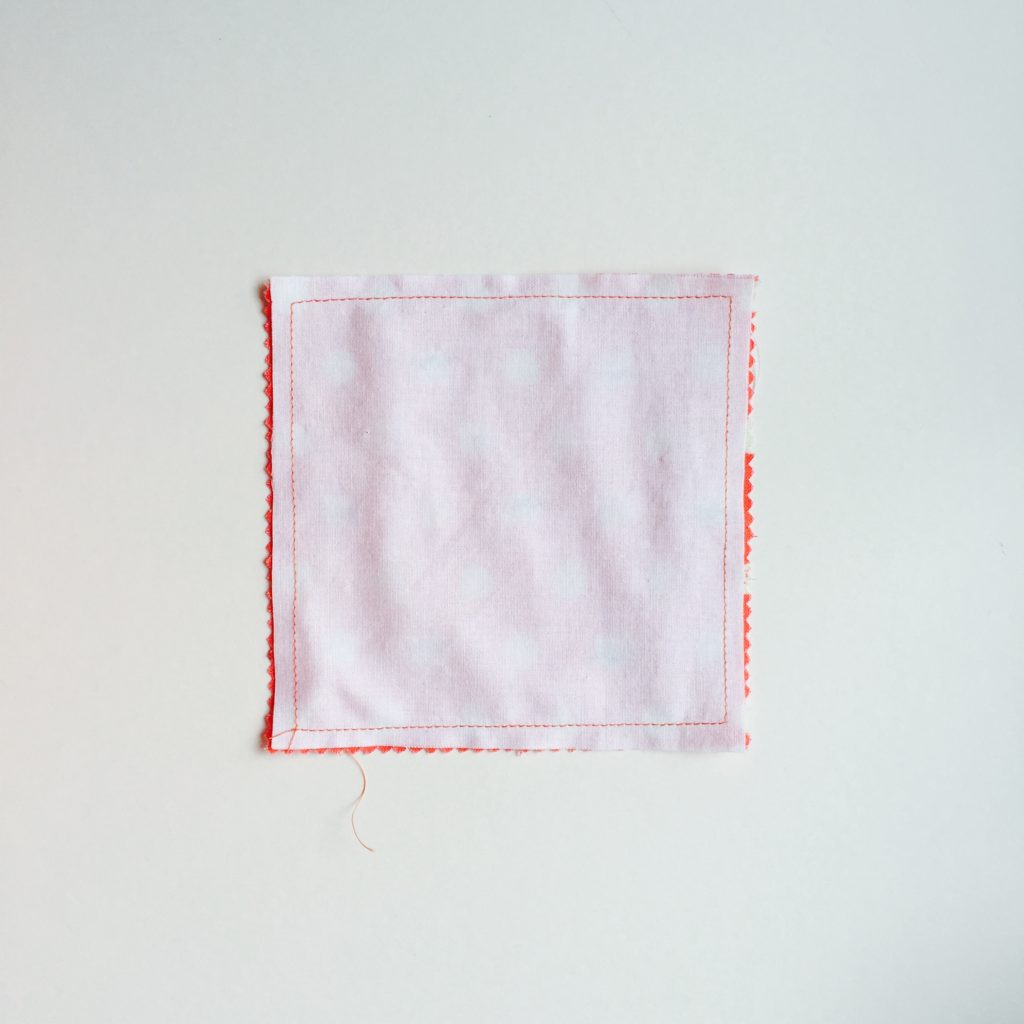
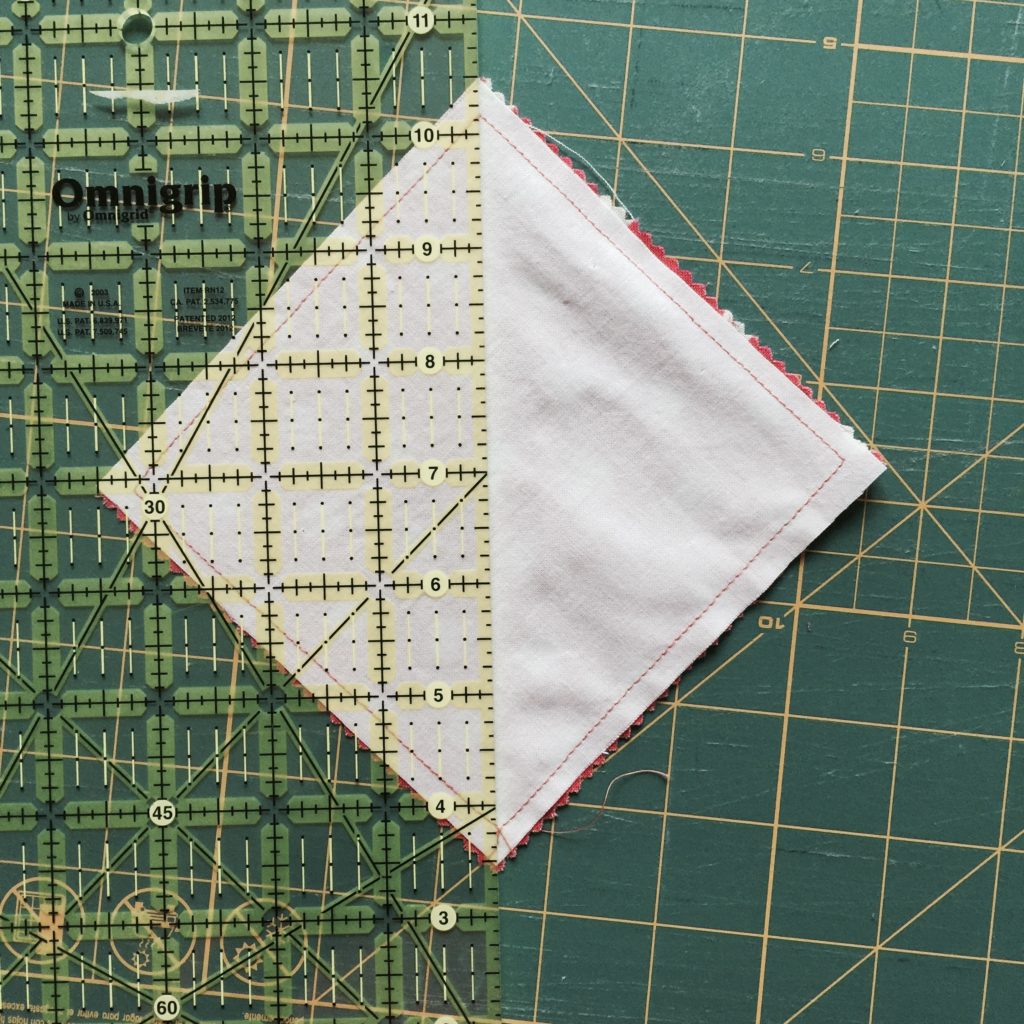
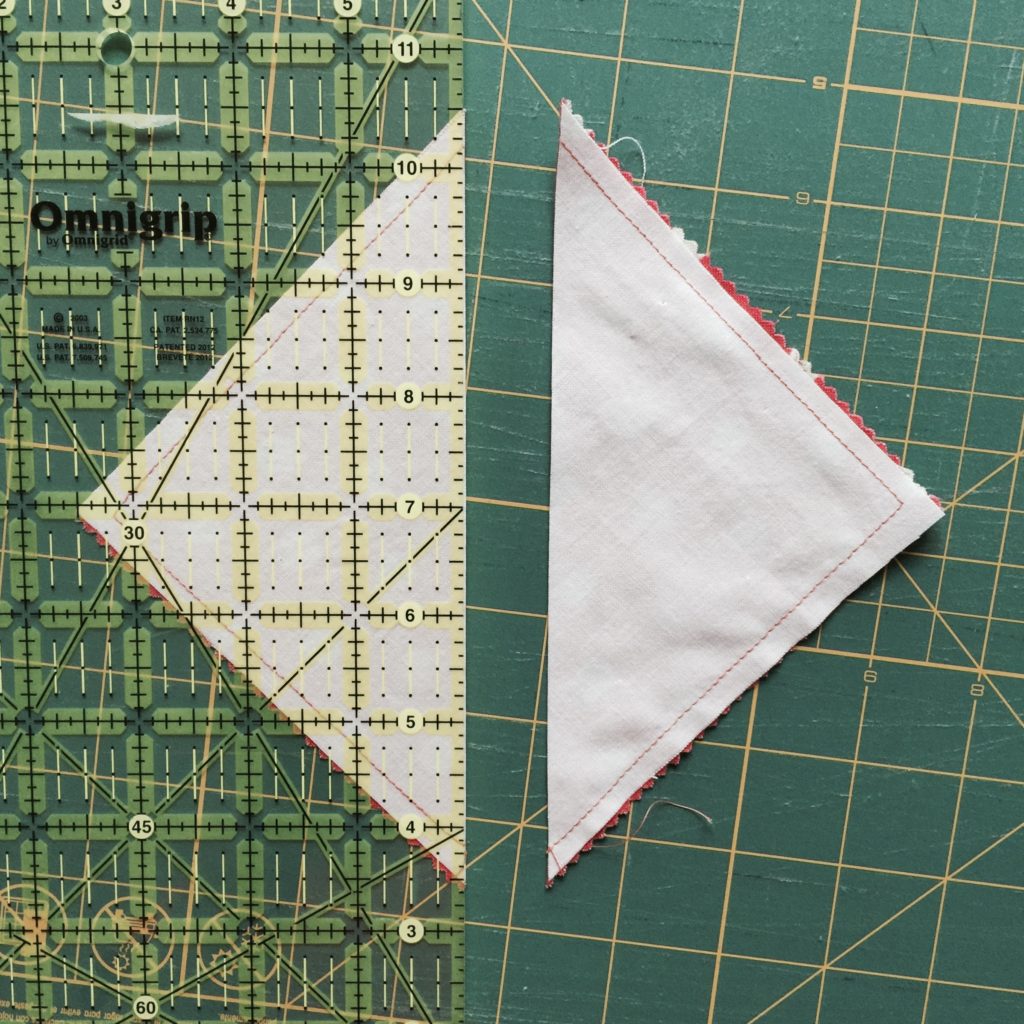
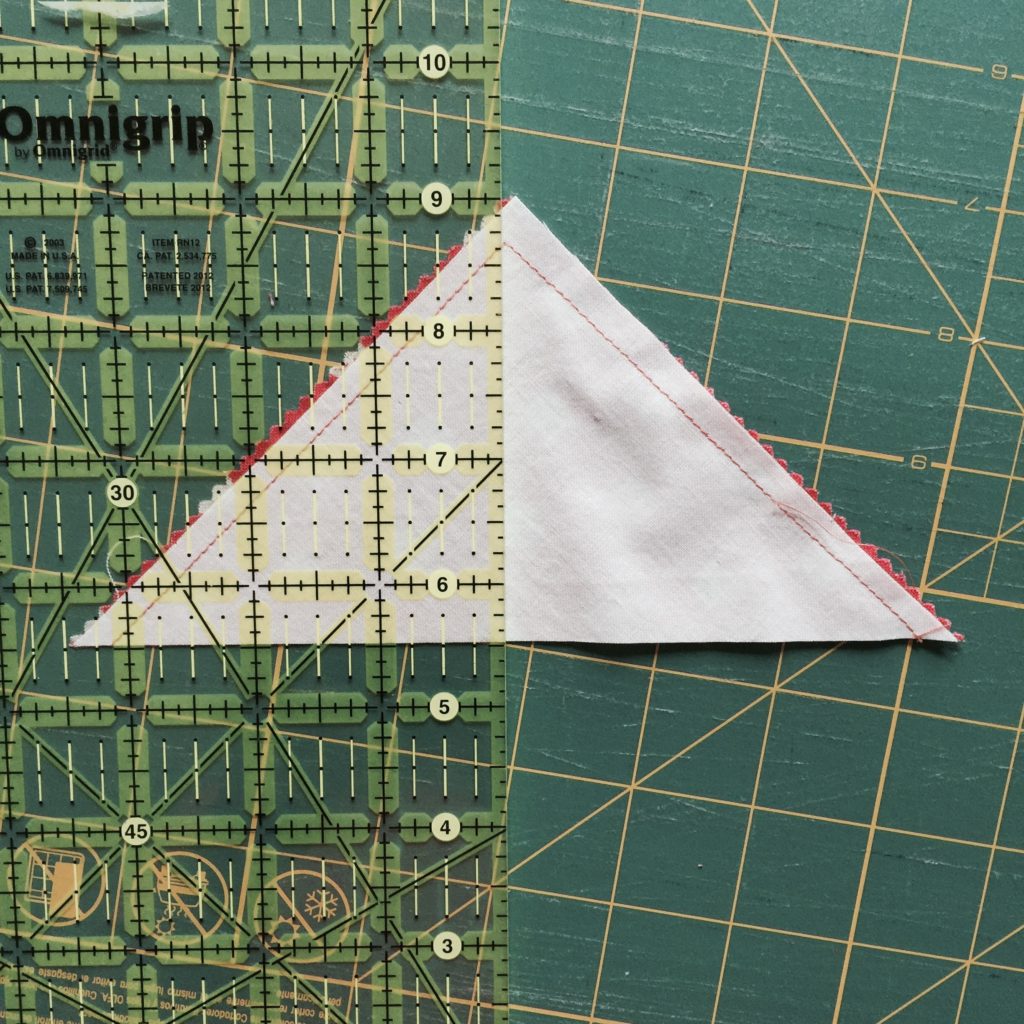
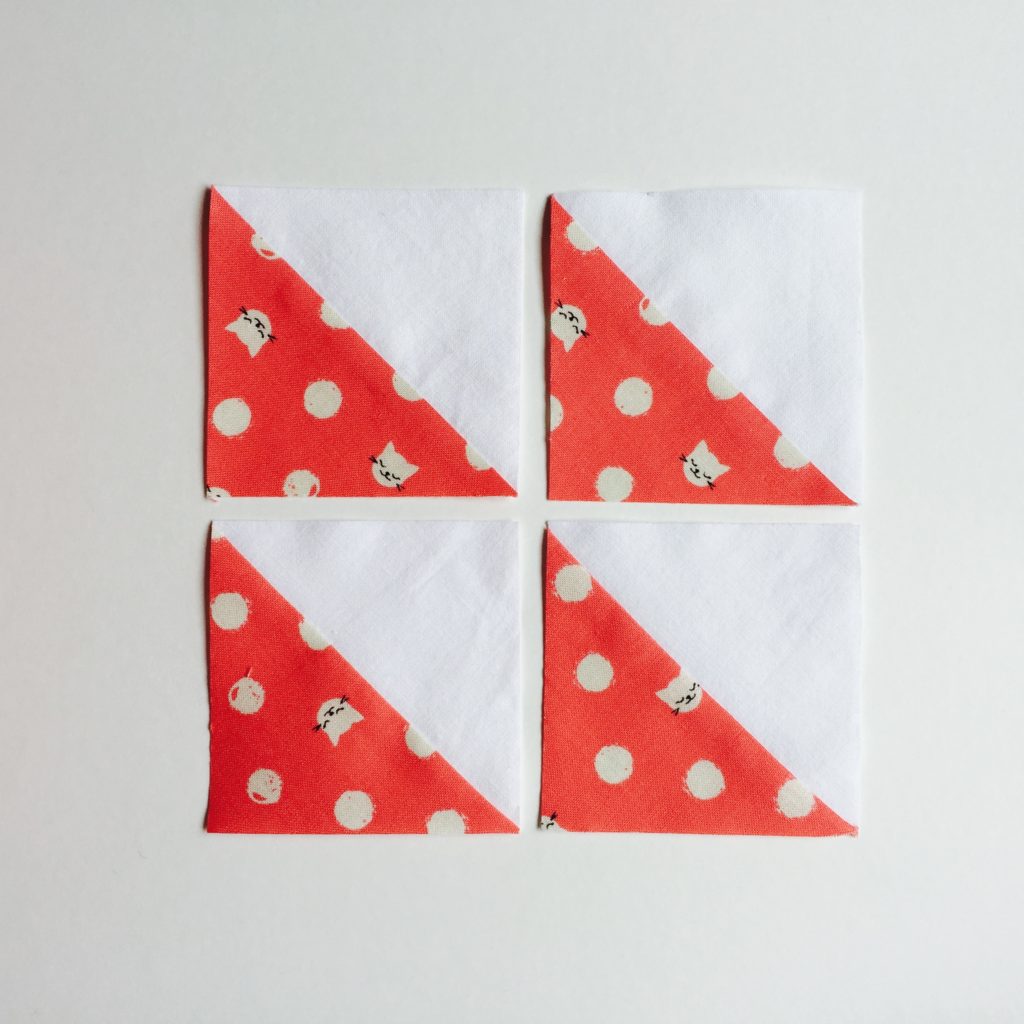

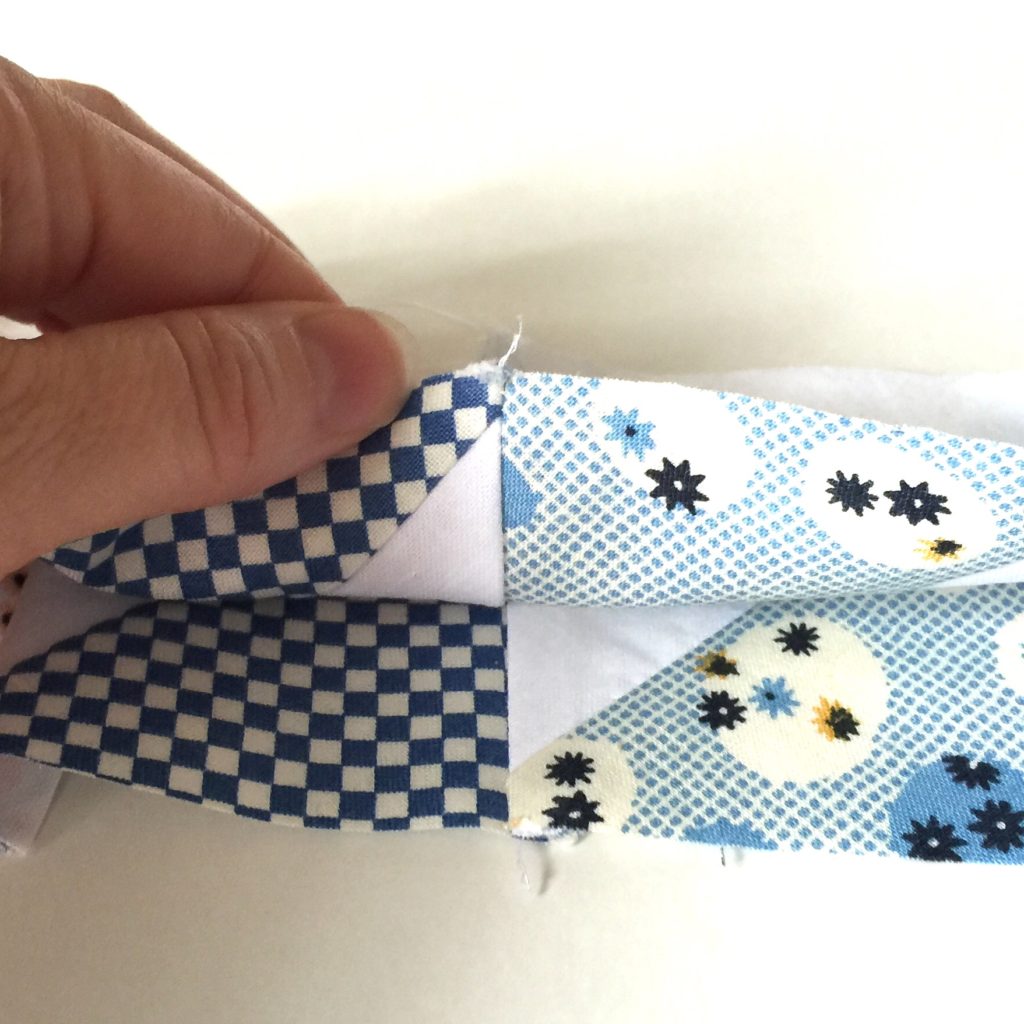
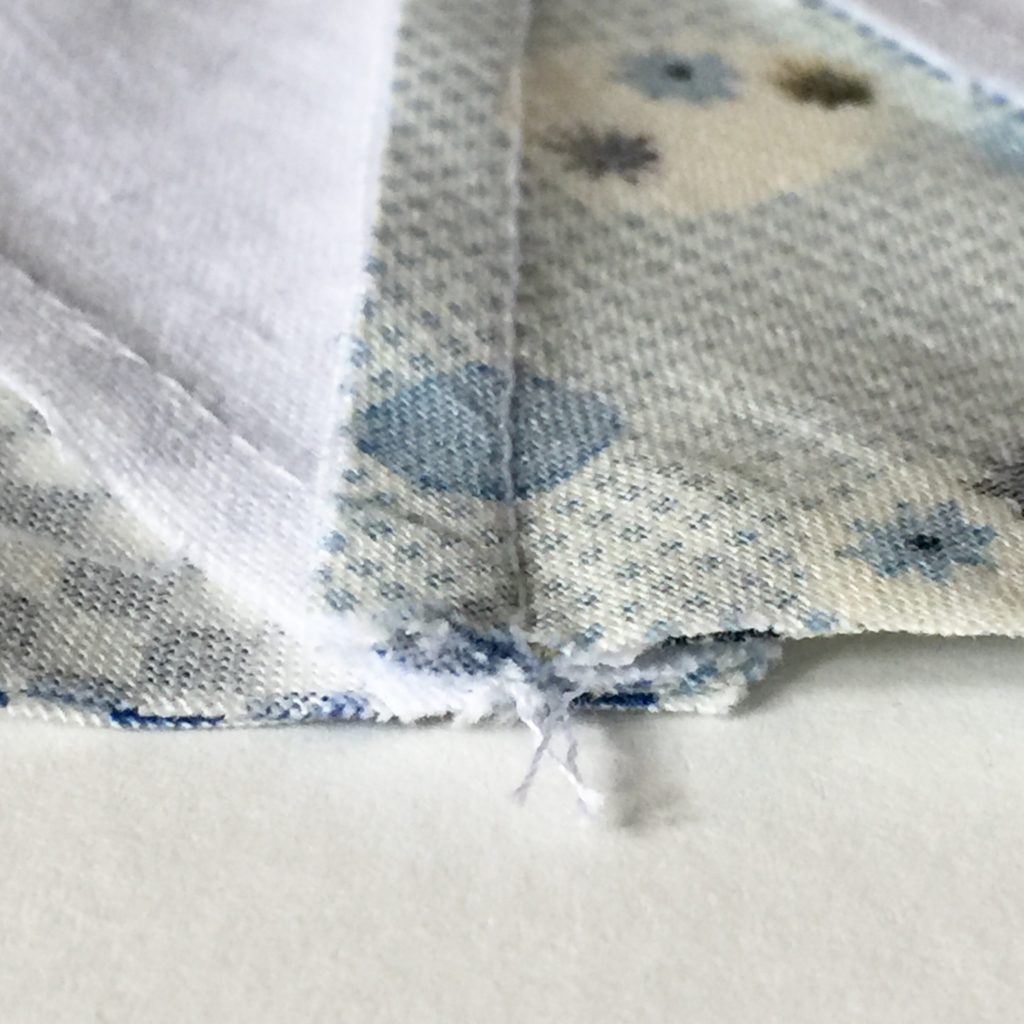
That is really an excellent tutorial with all the details included. You have a reat talent for that. The quilt is charming. Keep up the good work!
This is such a sweet project for using up some of your fabric fabric scraps. Those parallelograms show them off perfectly! Thanks so much for sharing the tutorial!